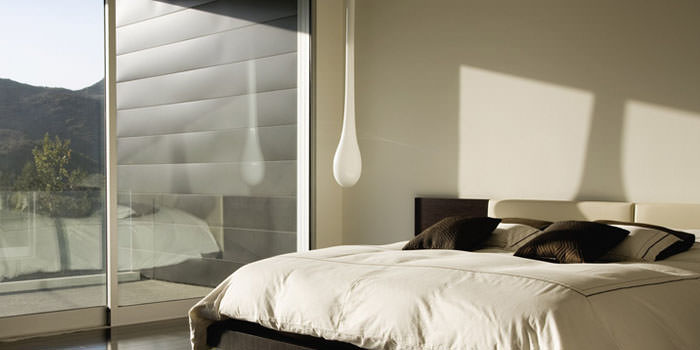Exploring the Timeless
Elegance of Art Deco Interior Design
In the world of interior design, few styles are as iconic and captivating as Art Deco. Originating in the exhilarating era of the 1920s, this design movement has stood the test of time, leaving an indelible mark on architecture, fashion, and of course, interior decor. With its bold geometry, lavish materials, and an aura of luxury, Art Deco continues to inspire and enchant. Let’s delve into the nuances of this remarkable style, its origin, and some key considerations for incorporating it into modern spaces.
The Essence of Art Deco: A Glimpse Into Its Nuances
Art Deco is a visual symphony that embraces both opulence and modernity. This style is characterized by a harmonious blend of geometric shapes, sleek lines, and ornate detailing. It’s all about creating a sense of drama and glamor through the use of contrasting elements. Geometric patterns, such as zigzags, chevrons, and stepped forms, add an energetic rhythm to the design. These patterns often adorn walls, floors, and textiles, infusing spaces with vibrancy.
Materials play a pivotal role in Art Deco. From exotic woods and polished metals to luxurious textiles like velvet and satin, every element exudes a sense of richness. The juxtaposition of sumptuous materials and clean lines creates an intriguing balance between lavishness and modern minimalism.
Origins of Art Deco: An Era of Change
Art Deco emerged during the 1920s and thrived through the 1930s, flourishing between the two World Wars. This era was marked by unprecedented societal change, technological advancements, and a newfound enthusiasm for artistic expression. The style found its roots in various movements, including Cubism, Futurism, and the Bauhaus, blending their influences into a unique and captivating design language.
Incorporating Art Deco: Things to Keep in Mind
- Geometry is Key:
Embrace geometric patterns in your decor. Think about using chevron stripes, sunburst motifs, and stepped forms to infuse that distinctive Art Deco vibe.
- Bold Color Palette:
Art Deco doesn’t shy away from bold colors. Incorporate rich jewel tones like emerald green, sapphire blue, and deep ruby red to add depth and drama.
- Lavish Materials:
Opt for luxurious materials like marble, brass, chrome, and exotic woods. These materials convey the opulence that defines Art Deco.
- Mirrored Magic:
Mirrored surfaces reflect light and create a sense of space. Consider mirrored furniture, accent pieces, or even mirrored walls to capture the style’s glamor.
- Lighting Drama:
Lighting is crucial in Art Deco interiors. Chandeliers and pendant lights with geometric designs and luxurious materials can be the centerpiece of a room.
- Details Matter:
Pay attention to intricate detailing. From etched glass to inlaid woodwork, these small touches add layers of sophistication.
- Minimalism with Opulence:
Striking a balance between minimalism and opulence is the essence of Art Deco. Aim for a sleek, uncluttered look while incorporating lavish elements.
In Conclusion
Art Deco isn’t just a design style; it’s a statement. It’s a celebration of the past and a nod to the future. With its geometric patterns, luxurious materials, and a touch of glamor, Art Deco continues to captivate interior design enthusiasts worldwide. By understanding its nuances and incorporating its elements thoughtfully, you can transform your space into a haven of elegance and sophistication, paying homage to an era that forever changed the way we perceive design.


0 comments